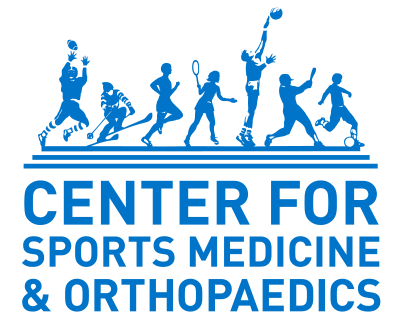
Center for Sports Medicine & Orthopaedics prioritizes surgical techniques that maximize patient benefits and minimize cost. One example is with value-based rotator cuff repair, an innovative suturing technique that virtually eliminates the need for costly anchors – all while ensuring effective and long-lasting repair for torn rotator cuffs and other shoulder injuries.
“Rotator cuff injury is one of the most common types of musculoskeletal injury in the United States, and it can significantly impact a person’s quality of life. Patients with torn rotator cuffs typically experience anywhere from mild to severe pain as well as loss of mobility in the affected arm and shoulder. For more severe tears, surgery is often unavoidable,” says Brett Sanders, MD, fellowship trained sports medicine, shoulder and upper extremity surgeon with CSMO, who has helped pioneer the value-based approach to rotator cuff repair. “There are steep costs associated with surgical repairs, but using this value-based hybrid approach can significantly reduce the cost of surgery – without compromising the quality of the results.”
Understanding Value-Based Rotator Cuff Repair
As the name suggests, this technique adds value for patients. More and more, people are looking for outpatient surgery options – as well as ways to reduce the costs associated with these procedures. The value-based rotator cuff repair technique serves to meet these patient demands.
First, this technique replaces costly anchors that have previously been used to repair rotator cuffs with an innovative surgical technique. These anchors can cost several hundred dollars each, and this adds up quickly – with some rotator cuff injuries requiring three or four anchors to repair. The technique is also performed as a minimally invasive arthroscopic outpatient procedure. This means quicker recovery time, and in most cases, no need for an overnight stay.
“The transosseous gold standard technique has many clinical advantages, including less pain and superior biological healing, due to the lack of inert material left in the body that could otherwise impair blood flow, increase bone pain, and cause imaging artifact,” says Dr. Sanders. “We believe this technique will be important in improving patient access to care and outcomes throughout the world.”
The Benefits
Reduced Cost. Because this technique eliminates the need for anchors, there is less cost associated with the procedure. For more severe tears, it can save patients over $1,000.
Equal or Improved Outcome. This technique can achieve the same strong results as the anchored approach without leaving inert material behind in the body.
Individualized Approach. Without being limited by anchor configuration, your doctor has more control over the procedures. They can create a specialized plan to address your unique needs and use the suturing technique that will give you the best outcome.
Outpatient Procedure. This technique is performed arthroscopically rather than with open surgery, which is far less invasive and leads to faster healing. Because it can be performed as an outpatient procedure, patients can save both time and additional hospital costs.
How to Know if You Need Surgery?
The most common symptoms of rotator cuff tear or injury include immediate pain, dull pain, pain when lying down, and weakness and restricted range of motion in the shoulder. The good news is not all rotator cuff injuries require surgery. Your doctor may prescribe conservative treatments first based on the severity of your injury. This might include rest and ice to manage symptoms, physical therapy to strengthen injured muscles, at-home PT exercises, and prescription anti-inflammatory medications or cortisone injections to lessen the pain.
If you need to be evaluated for rotator cuff repair, please call (423) 624-2696 to schedule an appointment with Dr. Sanders or any of CSMO’s shoulder specialists. Click here for more information on our self-pay marketplace, which offers transparent pre-payment options for self-pay patients.

